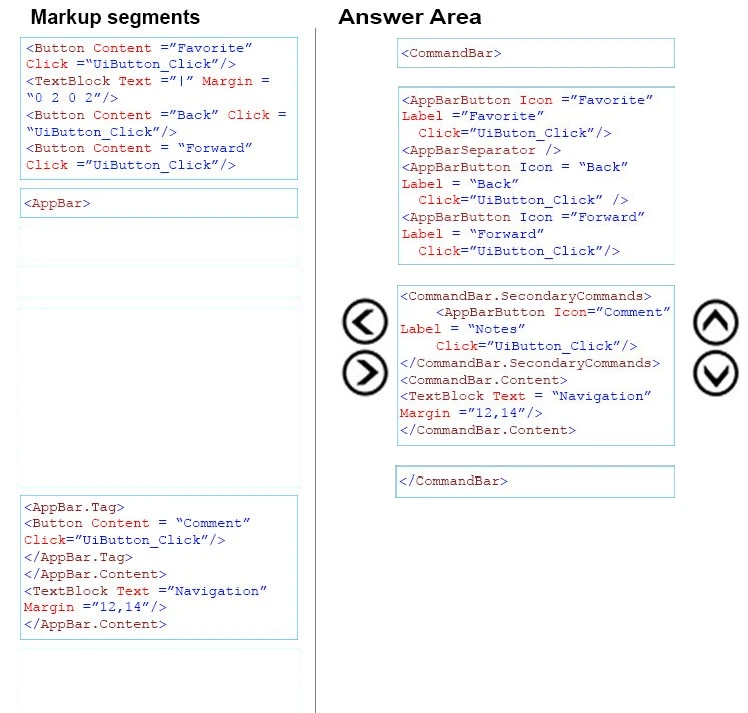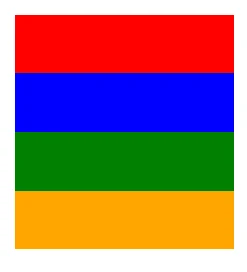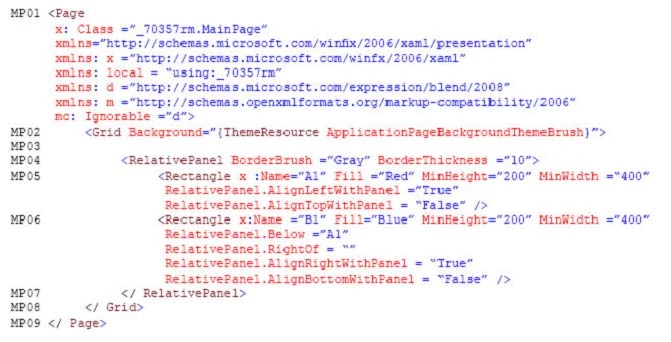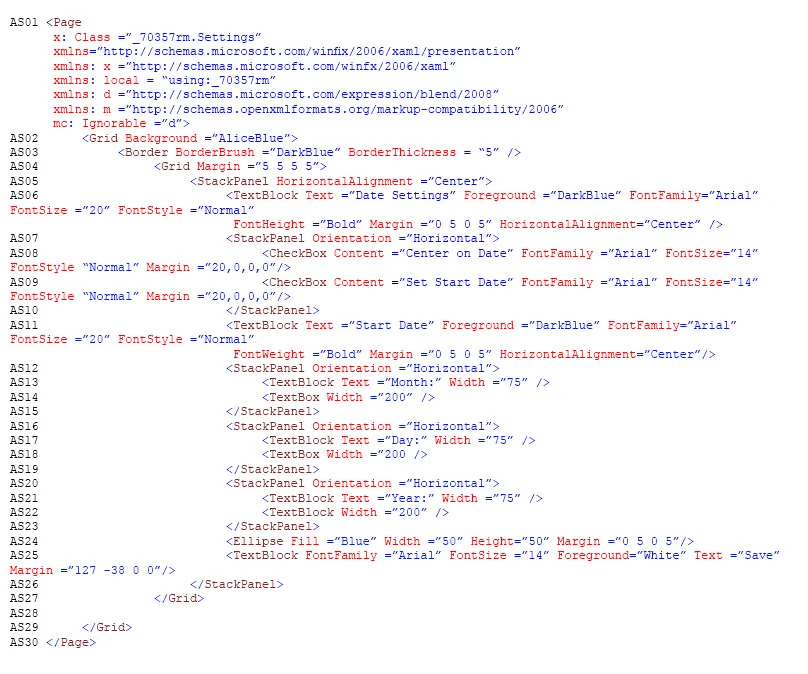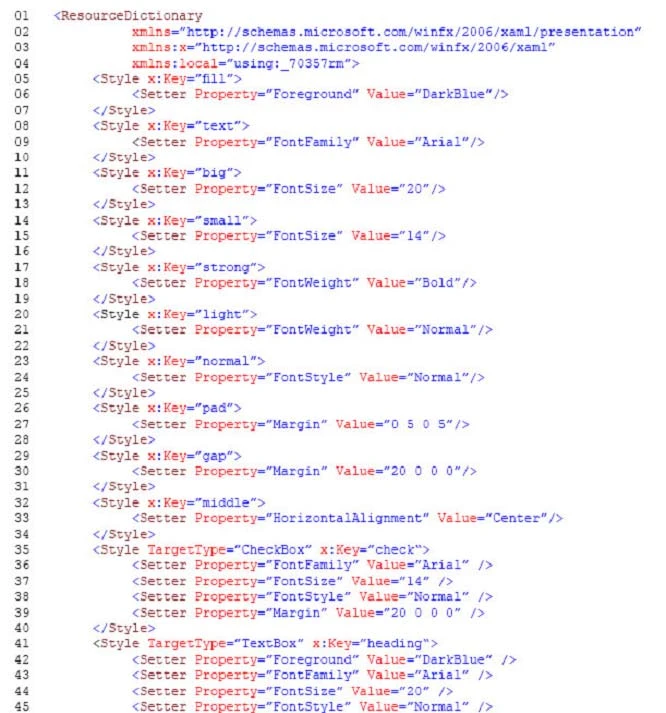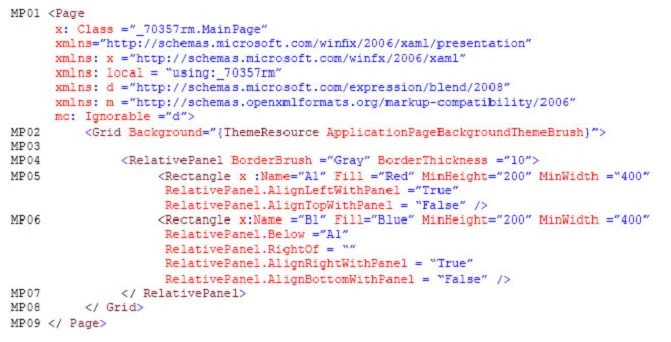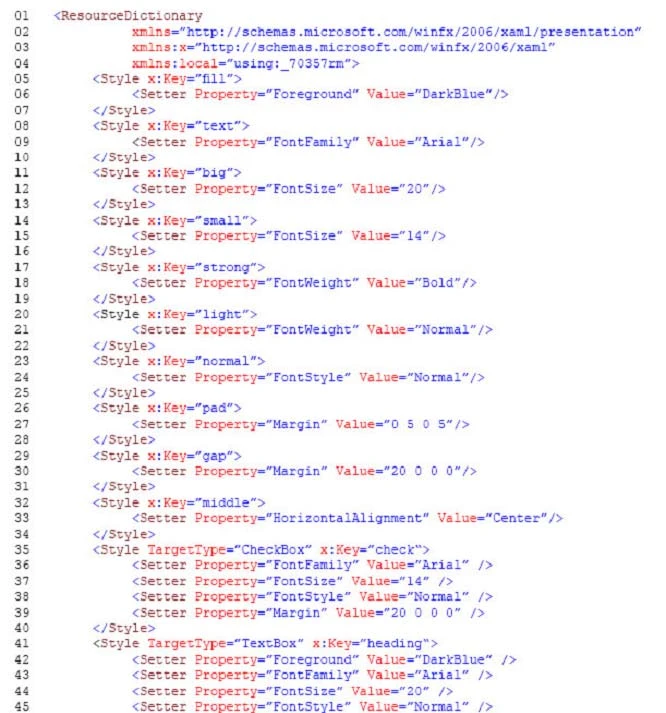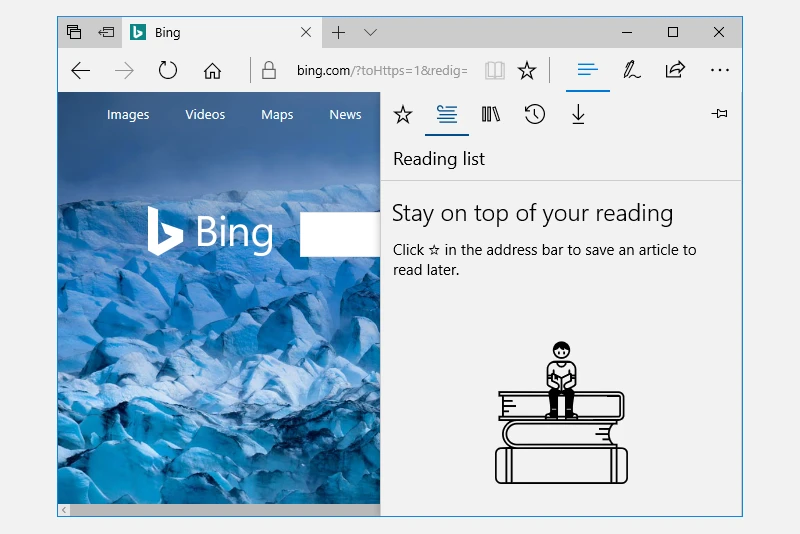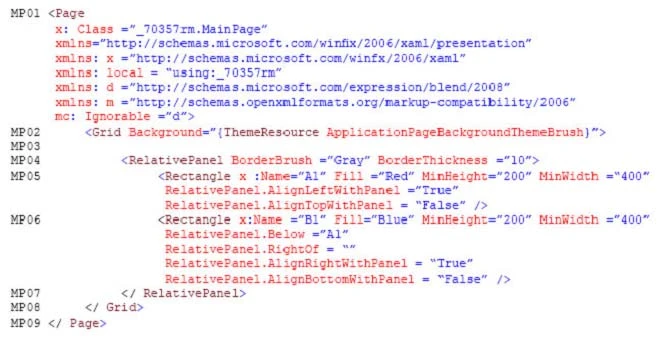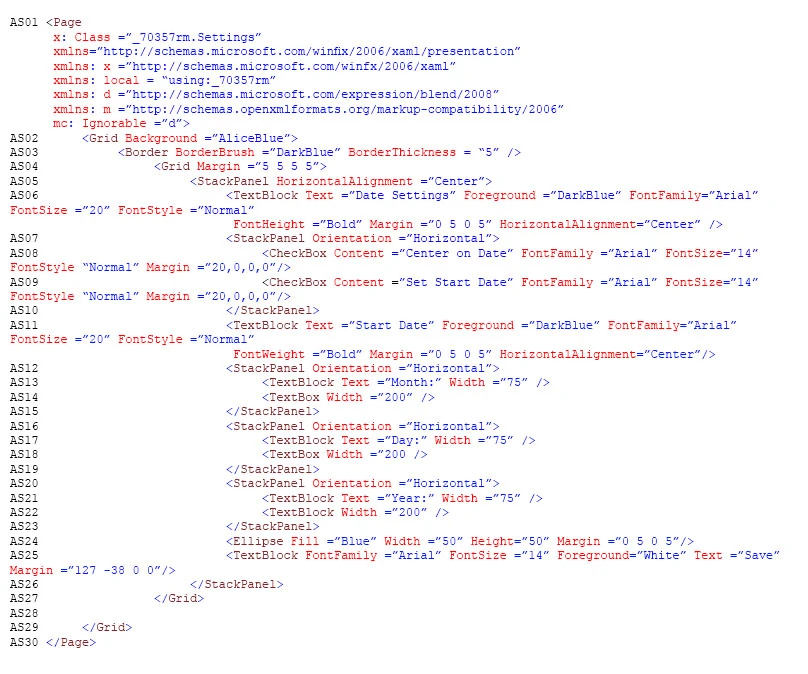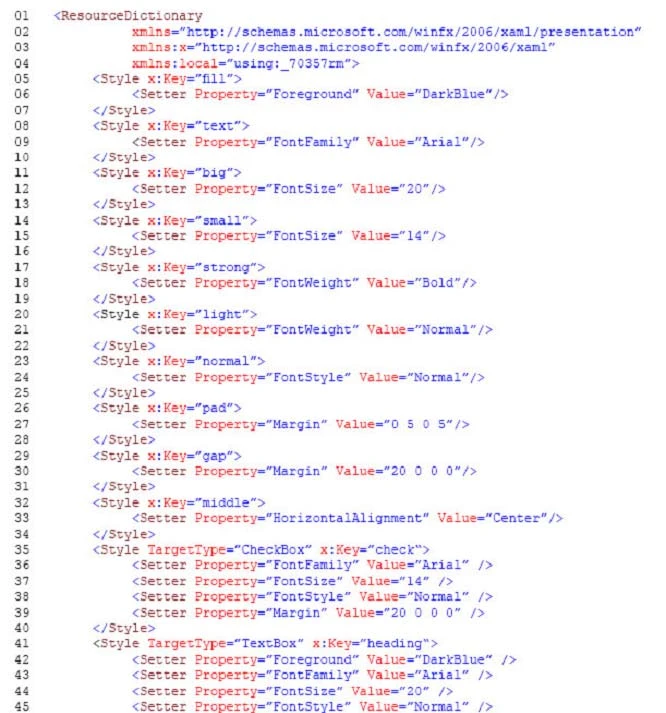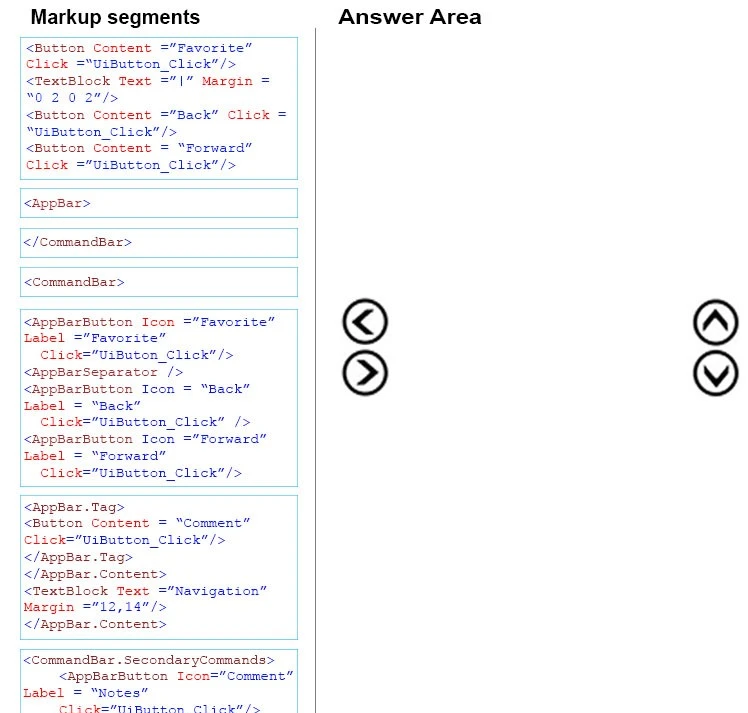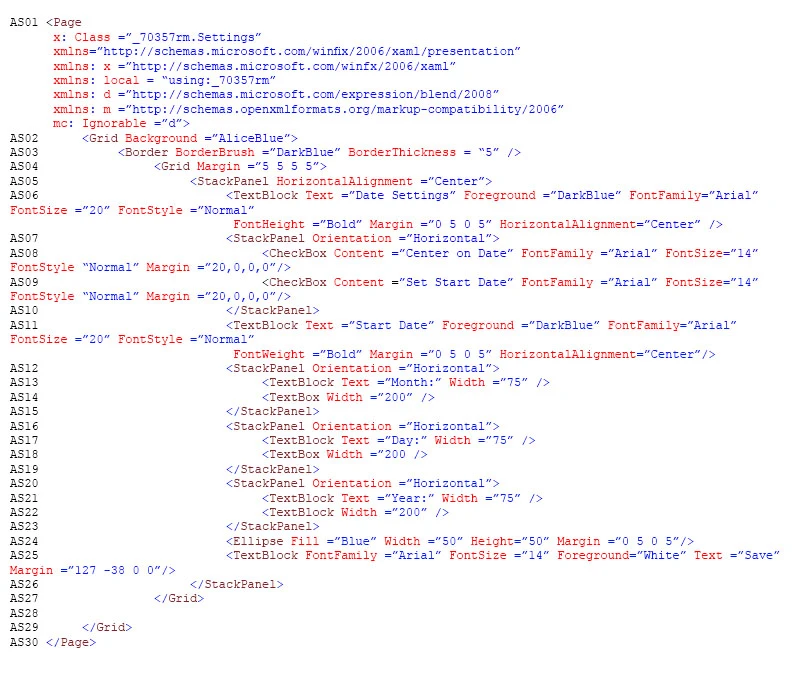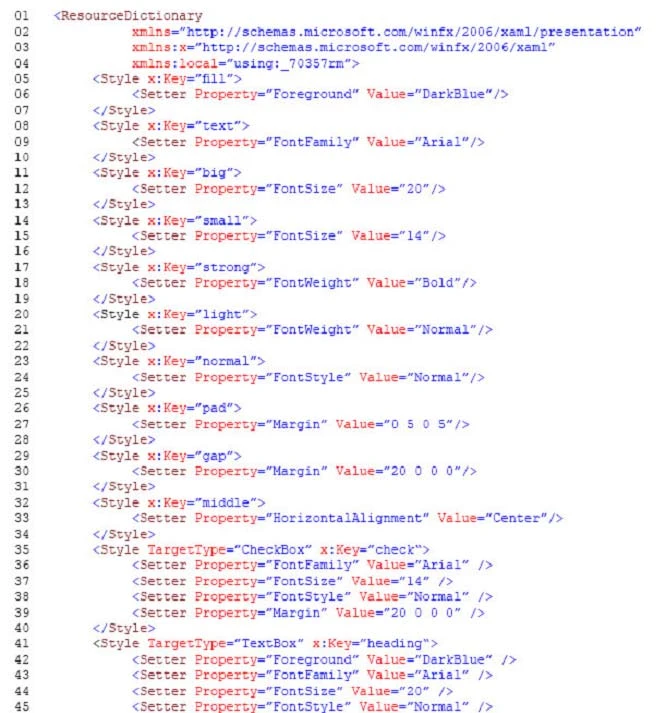Box 1: <Commandbar>
Command bars (also called "app bars") provide users with easy access to your app's most common tasks, and can be used to show commands or options that are specific to the user's context, such as a photo selection or drawing mode. They can also be used for navigation among app pages or between app sections.
Command bars can be used with any navigation pattern.
XAML provides both the AppBar control and the CommandBar control. You should use the AppBar only when you are upgrading a Universal Windows 8 app that uses the AppBar, and need to minimize changes. For new apps in Windows 10, we recommend using the CommandBar control instead.
Box 2: <AppBarButton .. etc.
The CommandBar control is a general-purpose, flexible, light-weight control that can display both complex content, such as images or text blocks, as well as simple commands such as AppBarButton, AppBarToggleButton, and AppBarSeparator controls.
Box 3: <CommandBar.SecondaryCommands> etc.
The overflow menu is shown only when the command bar is open and the SecondaryCommands property is populated. The new dynamic overflow behavior will automatically move primary commands into the SecondaryCommands area when space is limited.
Box 4: </Commandbar>
Example: Here is a same command bar in its open state. The labels identify the main parts of the control.
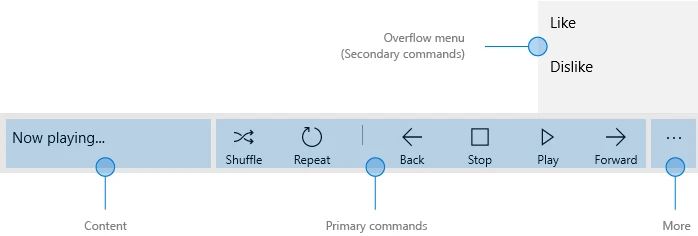
This example creates the command bar shown above.
<CommandBar>
<AppBarToggleButton Icon="Shuffle" Label="Shuffle" Click="AppBarButton_Click" />
<AppBarToggleButton Icon="RepeatAll" Label="Repeat" Click="AppBarButton_Click"/>
<AppBarSeparator/>
<AppBarButton Icon="Back" Label="Back" Click="AppBarButton_Click"/>
<AppBarButton Icon="Stop" Label="Stop" Click="AppBarButton_Click"/>
<AppBarButton Icon="Play" Label="Play" Click="AppBarButton_Click"/>
<AppBarButton Icon="Forward" Label="Forward" Click="AppBarButton_Click"/>
<CommandBar.SecondaryCommands>
<AppBarButton Icon="Like" Label="Like" Click="AppBarButton_Click"/>
<AppBarButton Icon="Dislike" Label="Dislike" Click="AppBarButton_Click"/>
</CommandBar.SecondaryCommands>
<CommandBar.Content>
<TextBlock Text="Now playing..." Margin="12,14"/>
</CommandBar.Content>
</CommandBar>
Reference: https://docs.microsoft.com/en-us/windows/uwp/controls-and-patterns/app-bars
